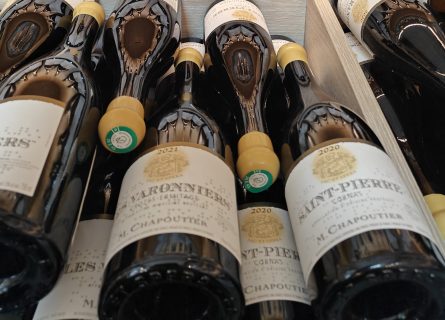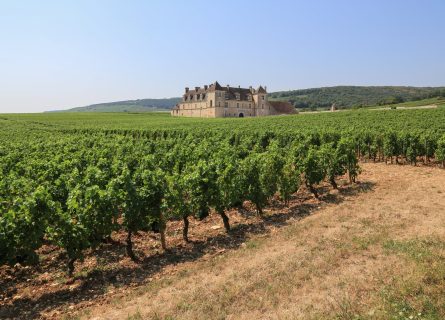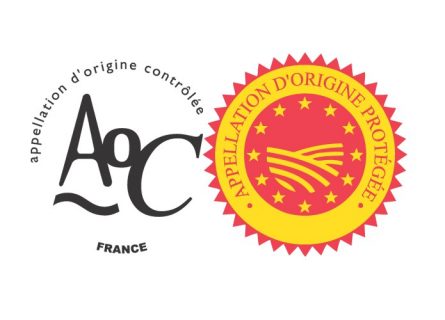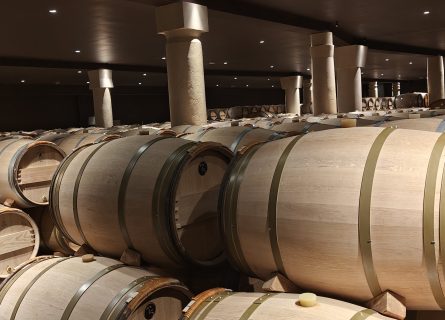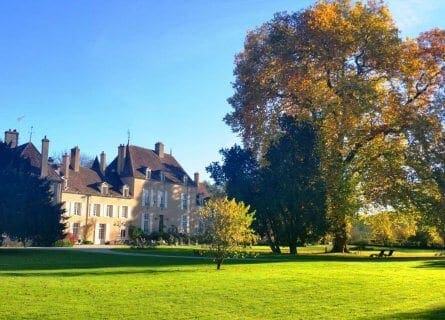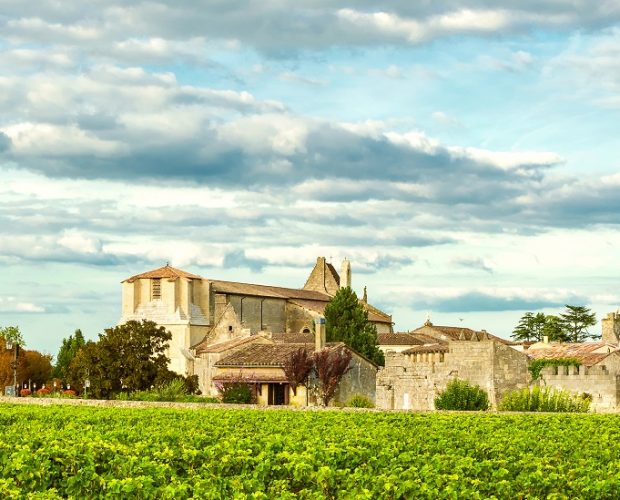
Saintes Travel Guide
Saintes: Where History, Charm, and the River Charentes Converge in Timeless Elegance
Within a short drive from Cognac is one of France’s most fascinating and beautiful towns. Saintes, the former Gallo-Roman capital of Aquitaine, boasts a population of just under 27,000. Romantically situated on the river Charentes, Saintes is a treasure. Its remarkable history, gorgeous location, and charming old town – a maze of cobblestone lanes, squares, markets, and cafes – all add up to something extraordinary indeed.
For centuries, the area known today as Charente-Maritime was occupied by a tribe known as the Santones. Living as hunter-gatherers, they thrived on this land until the Roman invasion of Gaul (France) in the last century BC. After Julius Caesar started his conquest in 58 BC, the Romans established a capital in Lyon. The Romans brought their infrastructure and technological advancements with them, including roads. A road that crossed the river Charentes was built to connect Lyon with Bordeaux, leading to the establishment of a settlement known as Mediolanum Santonum in approximately 25 BC.
Under the reign of Emperor Augustus, the ancient city of Mediolanum Saintonium played an increasingly important role as the Gallo-Roman capital of the Aquitaine province. As a vital strategic outpost in Gaul, the settlement was endowed with many elegant buildings, including a double arch that served as the town gate, an impressive overgrown amphitheater built during the reign of Claudius, and an archeology museum with unearthed statues, and even a chariot and harness.
After the fall of the Western Roman Empire, Saintes fell under the control of the Frankish Merovingian and Carolingian families. During the Middle Ages, Saintes coasted along as a rather unremarkable town, certainly when compared to its heyday as a Roman capital. The medieval center more or less corresponded to the settlement that thrived in the Roman Empire without any new additions. Its fortified wall, built above the ancient ramparts, helped to protect the city from attack throughout the Middle Ages.
However, a massive political earthquake occurred in the 12th century when Henry of Anjou married Eleanor of Aquitaine in 1154. Subsequently, over a third of France became the property of the English crown. This led to the Hundred Years’ War between the French forces and the English, allied with the Dukes of Burgundy. Many fierce battles were fought before the end of the conflict in 1453.
The Wars of Religion between the Huguenots (French Protestants) and the Catholic League in the 16th century also left deep scars on the face of Saintes. Many buildings were damaged or destroyed during the conflict, which threatened to tear the nation apart. The town’s Catholic Saint-Pierre Cathedral, dating from the 15th century, was severely damaged by the Huguenots in 1568.
Henry IV kicked off the Bourbon dynasty by issuing the controversial Edict of Nantes (1598), which guaranteed the Huguenots civil and political rights and incensed the Catholic traditionalists. However, the Edict was subsequently revoked in 1685 by King Louis XIV.
The reign of his grandson Louis XV was to mark the beginning of the end for the French monarchy. An oafish buffoon, he embroiled France in several senseless and costly wars that did little to endear him to the nation’s increasingly angry citizens. But before too long, patriotism, widespread discontent, and nationalism culminated in the French Revolution. In September 1792, France’s First Republic was declared, and Louis XV’s son, Louis 16th, was guillotined. The head of his wife, Marie-Antoinette, rolled several months later. As a major religious center, Saintes was an easy target for the radical Jacobins, who suppressed religious activity and the power of the church during the reign of terror. Saintes was made the administrative center of the Charente-Maritime region in 1791; La Rochelle supplanted it in 1810.
However, this foray into democracy was not fated to last. Napoleon Bonaparte seized power in 1799 – his rule over France endured until 1814 when he was exiled to Elba. But in 1815, Napoleon escaped from the Mediterranean island kingdom, landed in Golfe Juan in southern France, and marched north, triumphantly entering Paris on 20 May. His glorious ‘Hundred Days’ back in power ended with the battle of Waterloo and his return to exile (to the South Atlantic island of St Helena, where he died in 1821). His nephew Louis Napoleon proclaimed himself emperor of the Second Empire in 1851.
France enjoyed significant economic growth at this time – the railroad’s arrival in the 1860s expanded Saintes’ trading links with other French regions. The town prospered as an important river port and a center of masonry and forestry. The Third Republic, declared in 1870, ushered in an unprecedented age of artistic and scientific achievement across France.
Saintes survived the horrors of the Two World Wars to prosper into the thriving modern-day center of commerce and trade one finds today. Renowned for the production of Cognac and its productive agriculture, Saintes’ industries include machinery and electronic manufacturing. It is not just a pretty face but a lively, thriving working town of authentic charm and character. Enjoying its pedestrianized old town, which spills over with fantastic places to eat and drink, is a proposition few could or should resist.
-
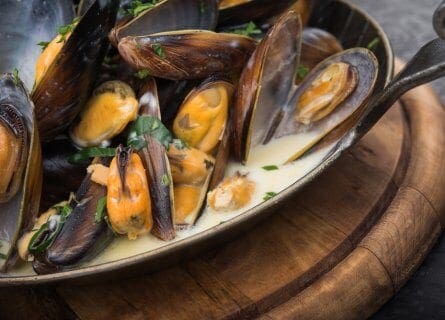
Mussels with cream, white wine Gastronomy & Wine
The Charentes region’s prime treasure is Cognac, a brandy produced from barrel-aged distillate – known as eau de vie – magnificent and long-lived. Yet one must not neglect the region’s incredible gastronomy, which reflects the proximity to the sea and the expanse of flat plains, where the pace of life is as slow-moving as the cattle grazing on summer pastures. Local specialties include the oysters of Marennes, Oleron, and La Rochelle; Mouclade, a dish of mussels with cream, white wine, and shallots; gigourit charentais, a stew of pork offal, cooked with the blood; daube, or beef stew, and finally the wealth of fresh produce from the market gardens. Lumas are another traditional dish – snails cooked in red wine.
Renowned as the crème de la crème of French butter, Charentais butter graces every dish in Saintes, lending its exquisite flavor, especially to a selection of iconic desserts that captivate the palates of all who visit. Among these gastronomic masterpieces are the almond-infused Tarte à la Frangipane, the crisp Biscottes of Pons, and the fluffy Brioches of Taillebourg, each showcasing the culinary artistry of the region. But the pièce de résistance in the Charentais sweet repertoire is undoubtedly their range of cakes, expertly infused with either Pineau or Cognac, elevating them to a realm of indulgence.
As for Pineau, this cherished local aperitif is more than just a drink; it’s an experience. A sublime marriage of Cognac and grape must, the finest Pineau offerings are invigorating and luxuriously sumptuous, setting the perfect tone for an unforgettable culinary journey in Saintes.
Of course, any meal in Saintes will probably conclude with the offer of a Cognac, the local firewater on which the neighboring town stakes its global renown. However, Cognac is much more than just a variety of Brandy. Produced for hundreds of years in France, there are almost 200 producers in the business today, cultivating over 80,000 hectares of vineyards and presiding over five superior crus or vineyard sites. The local regulatory body classifies Cognac into various categories, including V.S, a minimum of two years aging for the youngest eau-de-vie in the blend; V.S.O.P, a minimum of four years aging; and Extra – requiring a minimum of 6 years of age.
Vintage cognacs are rare; most Cognac are blends of different, barrel-aged eau-de-vies produced from several stipulated grape varieties from the six sub-regions: Ugni Blanc, Colombard, and Folle Blanche. The best Cognacs are the most expensive, revered, and memorizing brandies worldwide.
-
 Explore Bordeaux! Left Bank Cabernets, Right Bank Merlots. Find your dream bottle & plan your next tour! (with 2024 insights) Read more
Explore Bordeaux! Left Bank Cabernets, Right Bank Merlots. Find your dream bottle & plan your next tour! (with 2024 insights) Read more
Highlights
-
Arch of Germanicus
Arguably, Saintes’ most famous landmark, the Arch of Germanicus, is an ancient Roman arch built by a wealthy citizen of the town, C. Julius Rufus. It is dedicated to Emperor Tiberius, his son Drusus Julius Caesar, and his adoptive son Germanicus.
-
St.Pierre Cathedral
Saintes’ beautiful cathedral has known some good, and not so good times. At the end of the Hundred Years’ War, the bishops of Saintes built a lavish Gothic building on the site of the original cathedral that had been destroyed centuries earlier. Then in 1568, Protestants ransacked the church and destroyed the nave and vaults. Nevertheless, it remains a beautiful piece of architecture, despite its troubled history.
-
Jarnac
Also straddling the Charente is Jarnac, a beautiful town that was the birthplace of former president Francois Mitterrand. The house where he was born has been transformed into a lovely museum.
Recommended for you
More information
If you would like us to customize an exclusive luxury tour, contact us and let us know your travel plans. We offer luxury food and wine tours for private groups of a mininium two guests. In addition, all of our private, chauffeured tours are available year-round upon request.


